In pictures: Fishing again after Typhoon Haiyan
- Published
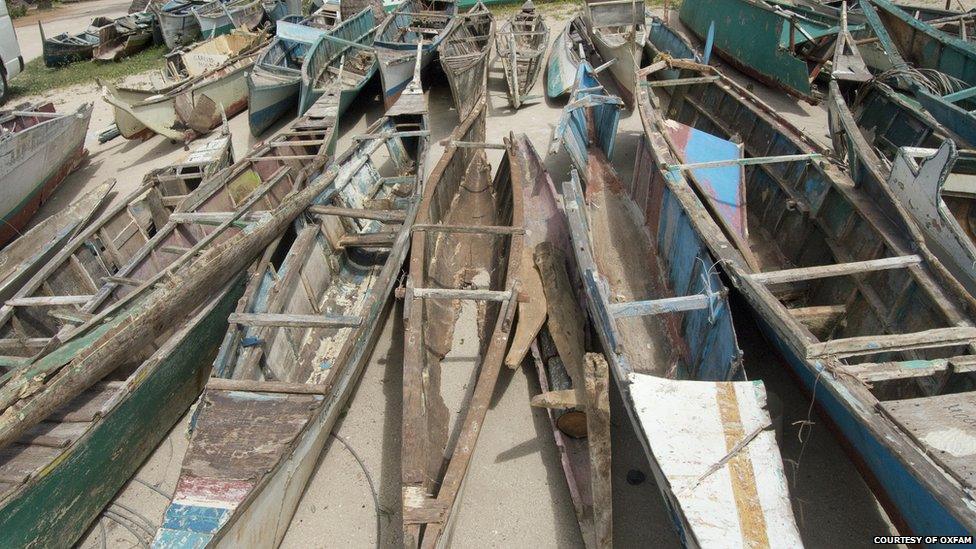
Typhoon Haiyan was one of the most powerful storms to ever make landfall. Four months after the storm hit the Philippines, life for villagers on Bantayan Island in Cebu province remains a struggle. Three-quarters of the island's population of about 136,000 depend on fishing as their main source of income. Thousands lost their boats and equipment in the storm.
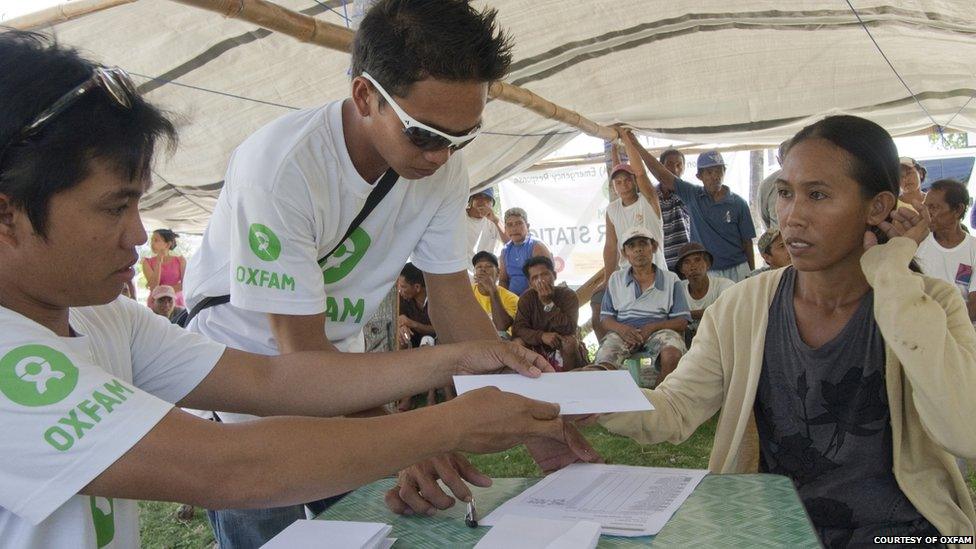
Aid agency Oxfam has been helping fisherfolk on the island get back on their feet with its boat repair programme. In Sulangan village the first group of 58 people are receiving up to 6,000 pesos each ($134, £80) to fix their damaged boats.
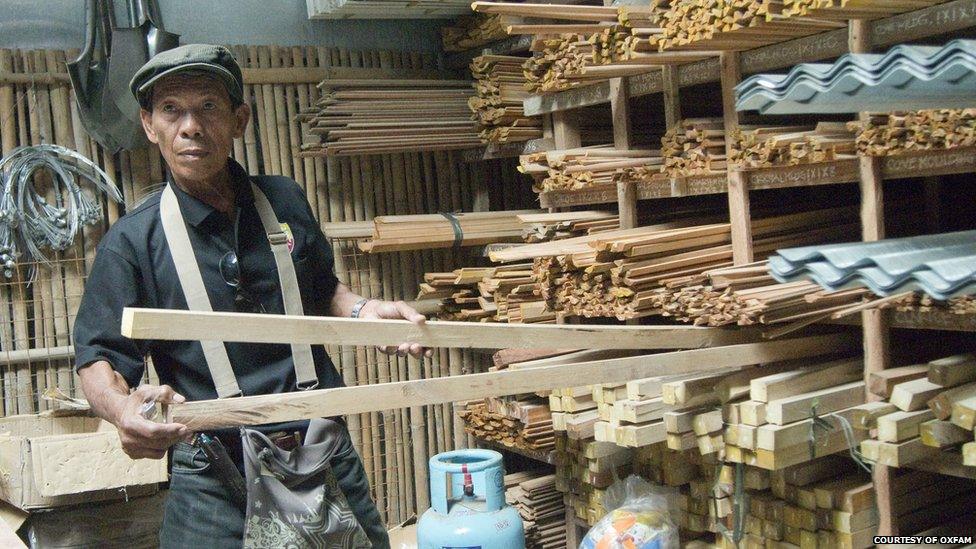
Sulangan fishing association chairman, Francisco Alon, 69, shops for materials needed for the repairs. He has been fishing since he was a teenager. "I'm very happy about this because soon we can return to fishing. The wounds in our heart are going to heal; soon we will have our livelihoods back," he says.

Edgardo Postrero, a father of six, is a spear fisherman who works at night. His boat was damaged after the roof of the village chapel flew off during the typhoon. He has had to fish without his boat, but cannot venture far into the deep waters where catches are much higher.

Chanley Vileganio is one of few women who fish for a living. Chanley, a single parent with three children, works with her father. "Fishing has been a lifeline for me. My father's boat was damaged by the typhoon... half of it is totally wrecked," she says. "It's the only thing we have that allows us to have a daily income and to buy food."
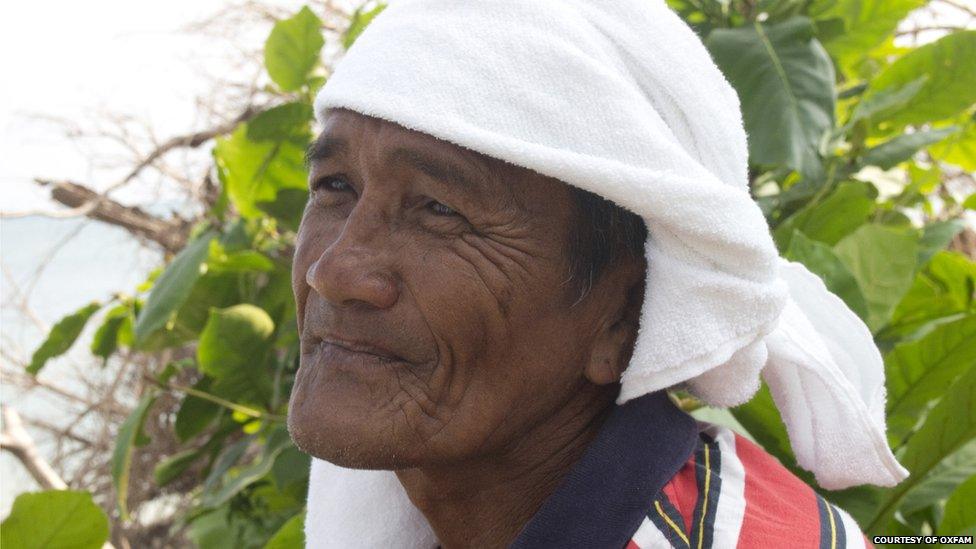
Patrocinio de Suyo, 57, rents a small boat from a neighbour to fish. He complains, however, that the catch is lower than before the typhoon. "These are the worst catches I've had since I began fishing," he says. "Before, we used to catch anything from five to 10 kilos, but nowadays, we are only catching three to five kilos. I wonder why is this? I think one reason is the coral is damaged."
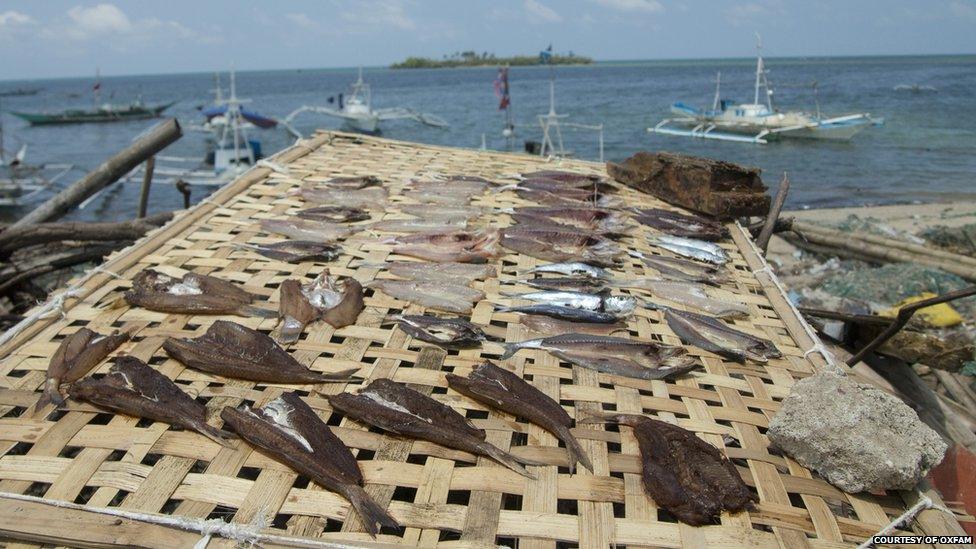
Prices for fish and other staple food like rice in the local markets have remained higher compared to before the typhoon. Families unable to resume fishing are struggling to feed themselves. Declining marine resources have been blamed on overfishing, illegal fishing practices and the intrusion of commercial fishing boats inside protected waters.
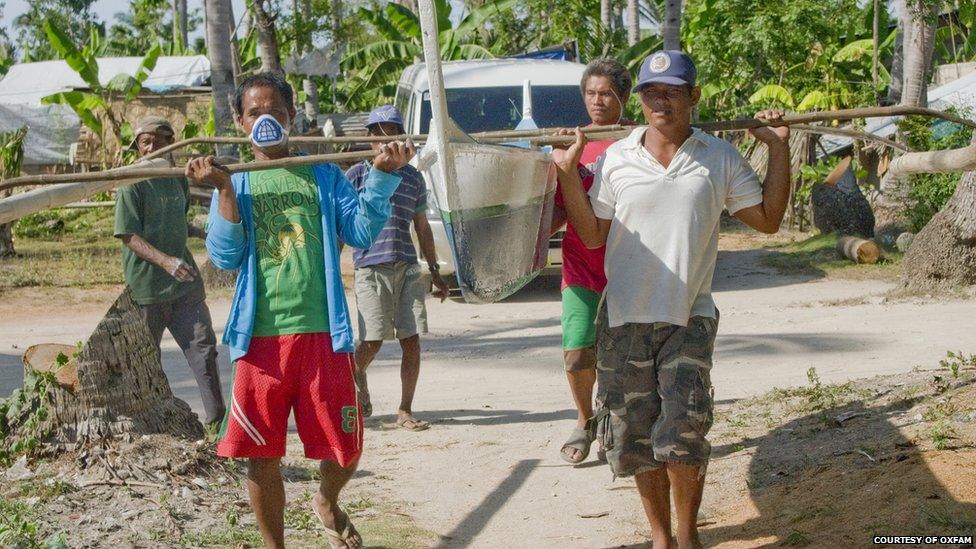
Days after the project to fix the boats began, the first newly-repaired boats are taken down to the coast to test their seaworthiness.
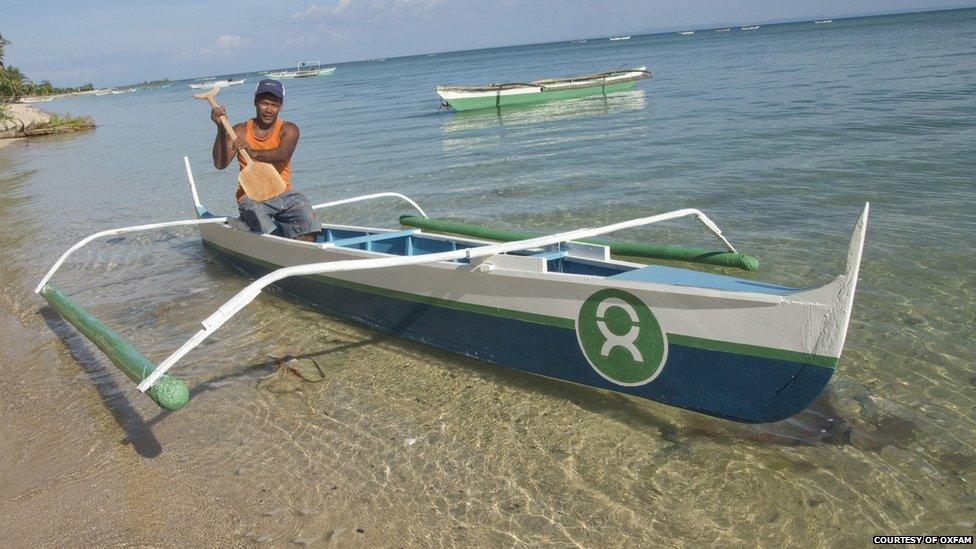
Spear fisherman Edgardo Postrero is delighted to be back on water. "It will help me get my life back to normal and it will be easier to be able to provide for my family," he says. He adds, however, that more work is needed to prevent illegal fishing activities and ensure fish reserves for future generations.
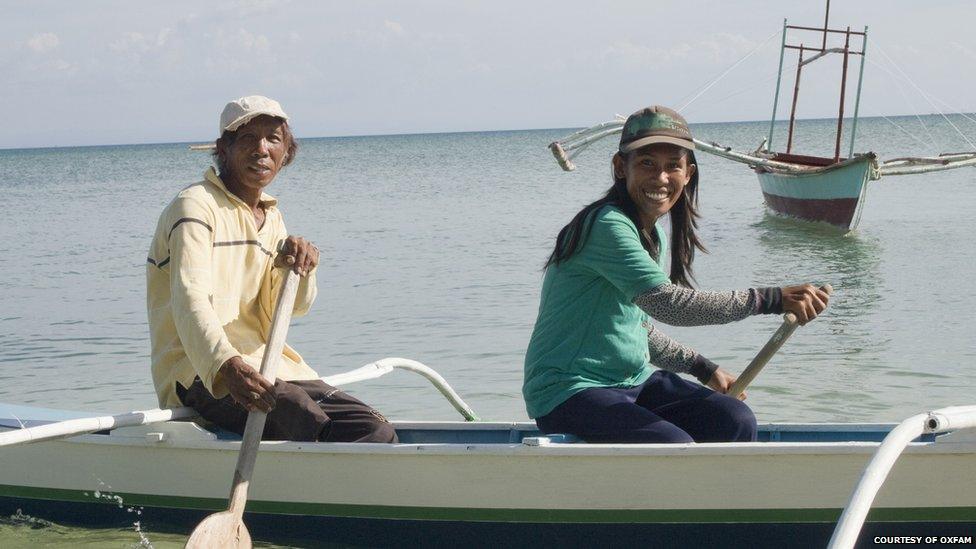
Chanley and her father, Gregorio, are also pleased about having their boat fixed. They no longer have to rent a neighbour's boat, which cuts into their modest profit. Chanley says they can "start to get back to our fishing like before and support ourselves". "I feel really happy about this," she adds. (Images/text courtesy of Caroline Gluck/Oxfam)